Action Beats, Dialogue Beats and Beat Variation
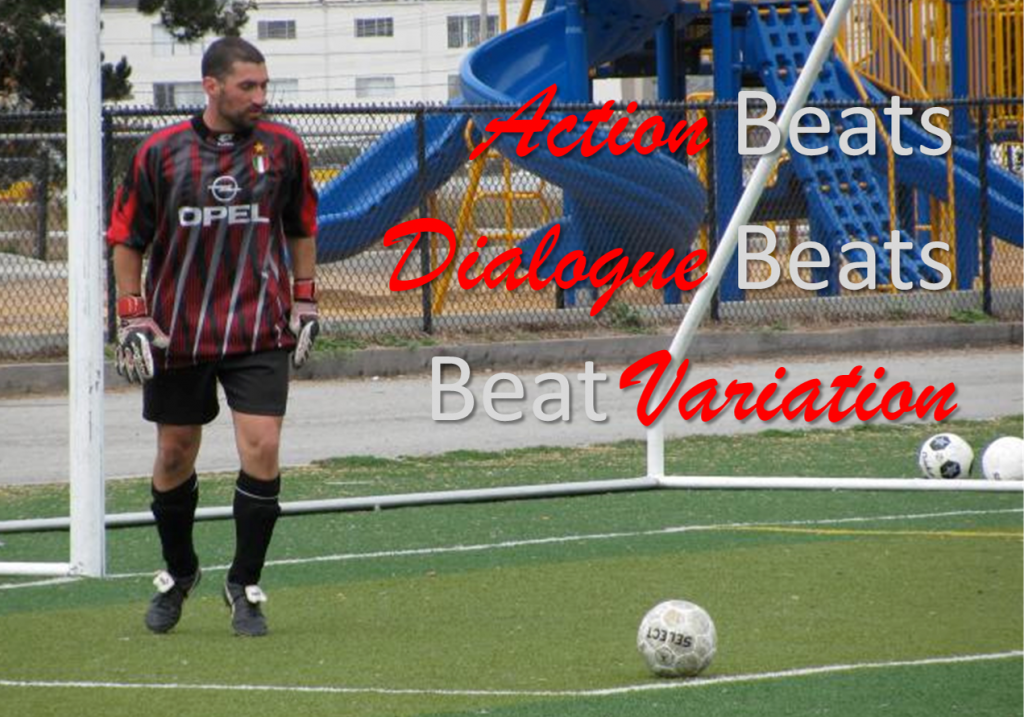
In Part 1 of my series 10 Keys to Writing Story Beats in Novels, I discussed the story beat, the beat sheet, and the pause or inaction beat. In this post I will go in depth on action beats, integrating dialogue and action beats, and the importance of beat variation.
Key 4: Use Action Beats to Forward the Story
Action is movement, the process of doing something, often with a goal or aim in mind. Action is core to having a plot or building a novel. Action beats are born from character desires. (For a great article on character desires and roles, read The Prism of Roles by Sarah Blake Johnson.)
Here is a list of 10 major types of action beats or, to extend the metaphor from my first post, action molecules. This list is not meant to be comprehensive, but rather provides a way to start thinking about how action beats work. Examples of each action beat are taken from the first scene of Brandon Sanderson’s epic fantasy novel, The Way of Kings. Following the list is an example of multiple types of action beats from a short story with a contemporary, realistic setting.
- The Summary Action Beat: while everyone says “show don’t tell,” there are times when it is appropriate to tell or summarize. We don’t need to see every moment of breakfast, unless it’s essential to the plot or to character development.
“He rounded the creature, picking his way more carefully across the battlefield.” - The Habitual or Recurring Action Beat: similar to the summary action beat, the description of an action that occurs multiple times.
“Taln had a tendency to choose seemingly hopeless fights and win them. He also had a tendency to die in the process. He would be back now, in the place where they went between desolations. The place of nightmares.” - The Long Shot or Extreme Long Shot Action Beat: borrowing a term from cinematography, this is the big picture view of the overall action. This can overlap with a setting beat but action should be occurring.
“Many of the bodies around him were human; many were not.” - The Medium Shot Action Beat: the standard view on action, focusing on the action of one or two characters.
“The figure in white and blue glanced toward him.” - The Close-Up or Extreme Close-Up Action Beat: a very close shot of a character’s action, such as a tear rolling down a cheek.
“Kalak frowned as he stepped up to the base of the spire.”
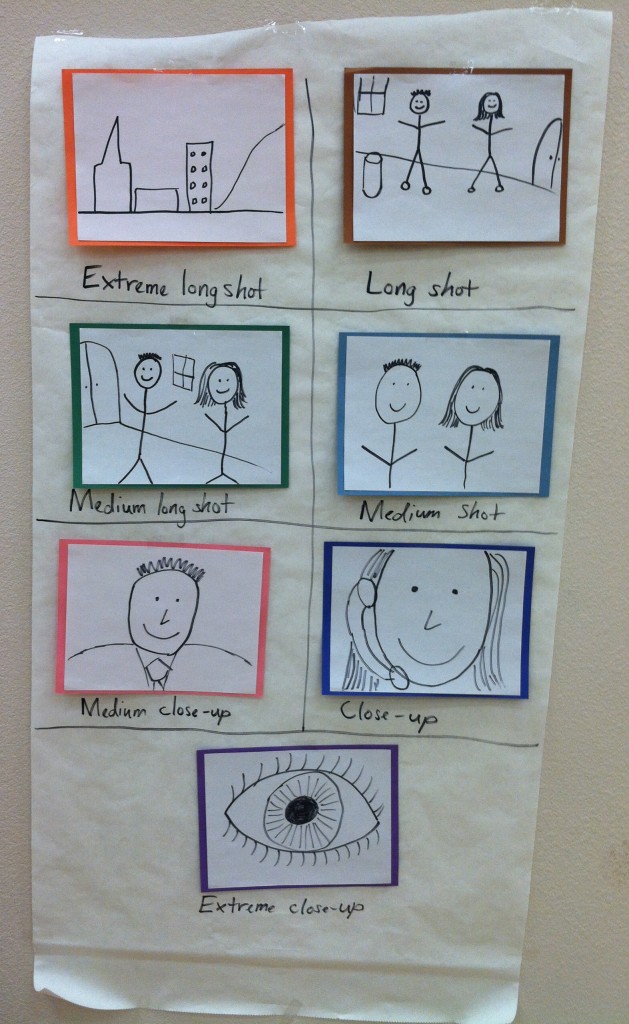
This is a chart of basic cinematography shots. Any of these shots could be used as a metaphor for different types of action beats. - The Flashback Action Beat: this refers to an action that is not physically present, but that occurred in the past.
“As always, the ten of them had decided upon it before the battle.” - The Future Action Beat: an action that will happen in the future.
“The survivors would make their way here.” - The Sensory Action Beat: action that focuses on the senses, or the lens through which the character is noticing the action (seeing, feeling, hearing, tasting, smelling). Thus, the focus of this action beat is on the POV character’s body and experience as a lens for the outside action.
“Though none of the bodies around him stirred, an indistinct haze of sounds hung in the air. Moans of pain, cries of grief. They did not seem like the sounds of victory.” - The Internal Action Beat: an action beat of something that occurs within the main character’s body (i.e. teeth chattering, stomach clenching).
“Even after all these centuries, seeing a thunderclast up close made Kalak shiver.” - The Mental Action Beat: A decision or the process of thinking can be an action itself, We’re most likely to see this action if it’s the point of view character doing the thinking.
“What if he just decided…not to go? Perilous thoughts, perhaps traitorous thoughts. He hastened on his way.”
You can see Pulitzer-prize winning author Jhumpa Lahiri seamlessly mix different types of action beats in her short story, “Unaccustomed Earth”:
Key 5: Integrate Dialogue and Action Beats Together
Dialogue beats and action beats go hand in hand. Often characters use their bodies while speaking. Sometimes physical actions aren’t essential to the words characters are speaking, or can be left implied. At other times it’s useful to weave dialogue and action beats together, which allows them to build on each other.
An easy way to integrate dialogue and action beats is to use an action beat instead of a dialogue tag. For example,
“I didn’t want to,” said Lil. “It just happened.”
becomes
“I didn’t want to.” Lil dropped her cigarette on the pavement. “It just happened.”
If I were to turn this photo into a scene, the small, physical actions of the characters would be just as important as their dialogue. (Photo by Pedro Ribeiro Simões, Creative Commons license.)
A great example of integrating dialogue beats with both action beats and pause beats comes from Ray Bradbury, in Fahrenheit 451:
Montag stopped at the door, with his back turned. “Millie?”
A silence. “What?”
“Millie? Does the White Clown love you?”
No answer.
“Millie, does—” He licked his lips. “Does your ‘family’ love you, love you very much, love you with all their heart and soul, Millie?”
The writing here is so brilliant – the licking of the lips sends a shiver down my spine, and I know exactly how the character is saying his lines.
Side note before we move on: I’ve written more about dialogue beats in my post 10 Keys to Writing Dialogue in Fiction.
Key 6: Vary Your Beats
If you have too many of one type of beat in a row, you risk boring your reader. This is especially true of setting beats and dialogue beats. Variation (while maintaining your writing style) is key to keeping your reader hooked.
Image by Lynn (Gracie’s Mom), Creative Common license
Using setting beats requires description, and description automatically halts the forward pace of the novel. Older novels like Lord of the Rings could get away with pages of description with no character action, but for the most part that won’t sell today. It’s better to choose a few key setting descriptions and intersperse them throughout action or dialogue. You can also describe setting without slowing the pace by having a character take action within the setting, talk while observing the setting, or have an emotional reaction to the setting.
Too many lines of dialogue from one character can also cause problems. Cynthia Whitcomb and Anne Warren Smith advocate the Three Beat Rule of Dialogue, arguing that you should at most have three sentences of dialogue before you interrupt that with an action beat or an emotion beat. They also recommend pruning down your dialogue to get it to three beats—often your characters can say something more powerfully in three sentences than they can in six.
Here’s an example from The Great Greene Heist of breaking up five beats of dialogue into smaller groupings with action beats in between:
“Look on the bright side—you can always join the Gamer Club.” Keith checked the time on his phone. “I have to go. Got a lot of planning to do between now and the election. Have to get my acceptance speech—I mean, my campaign speech—ready.” He slipped his phone into his pocket. “I would tell you to call my cell if you wanted to discuss this more, but I almost forgot—you aren’t allowed to carry one.” (50)
Of course, the Three Beat Rule has been broken a lot. Take this passage of dialogue by the character Clarisse, in Ray Bradbury’s Fahrenheit 451:
“Sometimes I’m ancient. I’m afraid of children my own age. They kill each other. Did it always use to be that way? My uncle says no. Six of my friends have been shot in the last year alone. Ten of them died in car wrecks. I’m afraid of them and they don’t like me because I’m afraid. My uncle says his grandfather remembered when children didn’t kill each other. But that was a long time ago when they had things differently. They believed in responsibility, my uncle says. Do you know, I’m responsible. I was spanked when I needed it, years ago. And I do all the shopping and housecleaning by hand.”
This paragraph is just one portion of several pages during which Clarisse speaks, almost uninterrupted by any other sorts of beats. As Bradbury shows, you can break the three-beat rule of dialogue as long as the writing is good.
When it comes to action beats or emotion beats you don’t have to worry quite as much about overkill with too many beats in a row. Novels will often contain page after page of action beats, though you’ll notice that emotion beats will need to be inserted regularly, or the reader stops caring about the action. Conversely, you can have a number of emotion beats following each other—taking the reader in depth into your character’s psyche—but ultimately you’re going to need action beats to carry your reader forward.
See the third post in this series for an in-depth look at emotion beats.
Writing Exercises
Image by Glen Scott, Creative Commons license
Action Beats Exercise
Write one paragraph in which a character takes a trip to the grocery store. Use just ONE type of action beat (for example, only long-shot action beats, only extreme close-up action beats, or only future action beats).
Then write a new paragraph in which a character takes a trip to the grocery store. This time use as many different types of action beats as possible.
Dialogue Revision Exercise
Take a passage of your writing and try to apply the three beat rule, either by cutting lines or breaking up the dialogue with action or emotion beats.
Check out my new novel!
If you enjoyed this post, please consider learning about my new spy novel, The Secret Life of Miss Mary Bennet, coming in April 2021 from Tule Publishing.
Read More:
Part 1: Intro to Story Beats
Part 3: Writing Powerful Emotion Beats
10 Keys to Writing Dialogue in Fiction
Original soccer image by Steven Damron, Creative Commons license




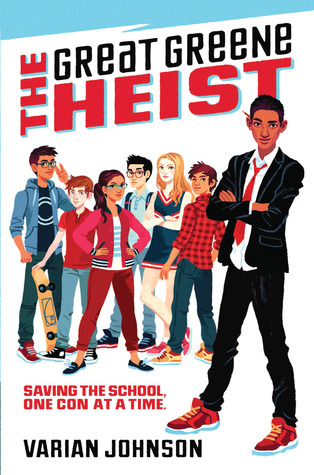
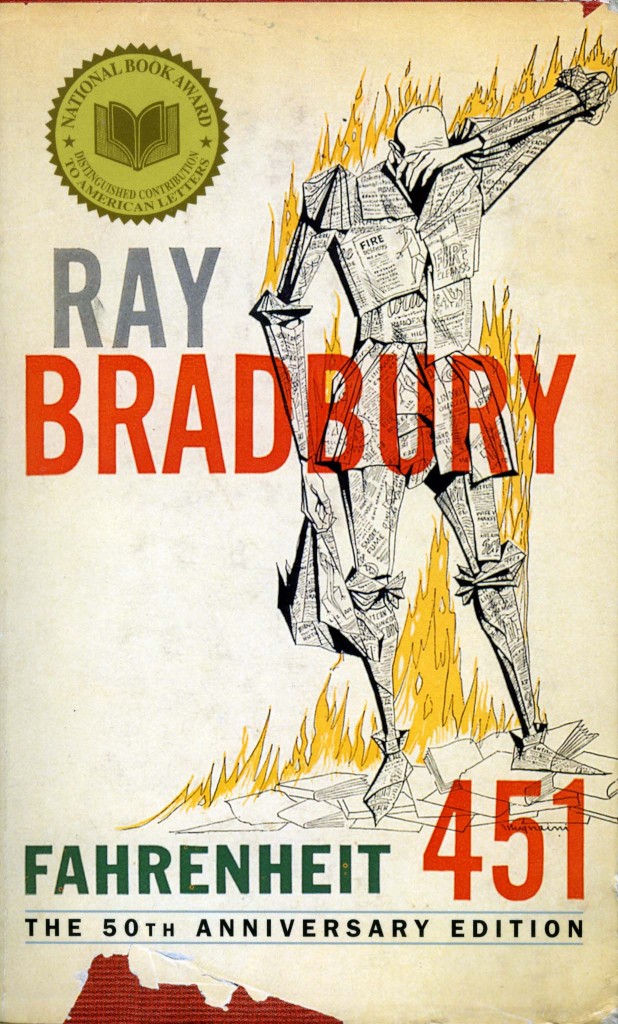
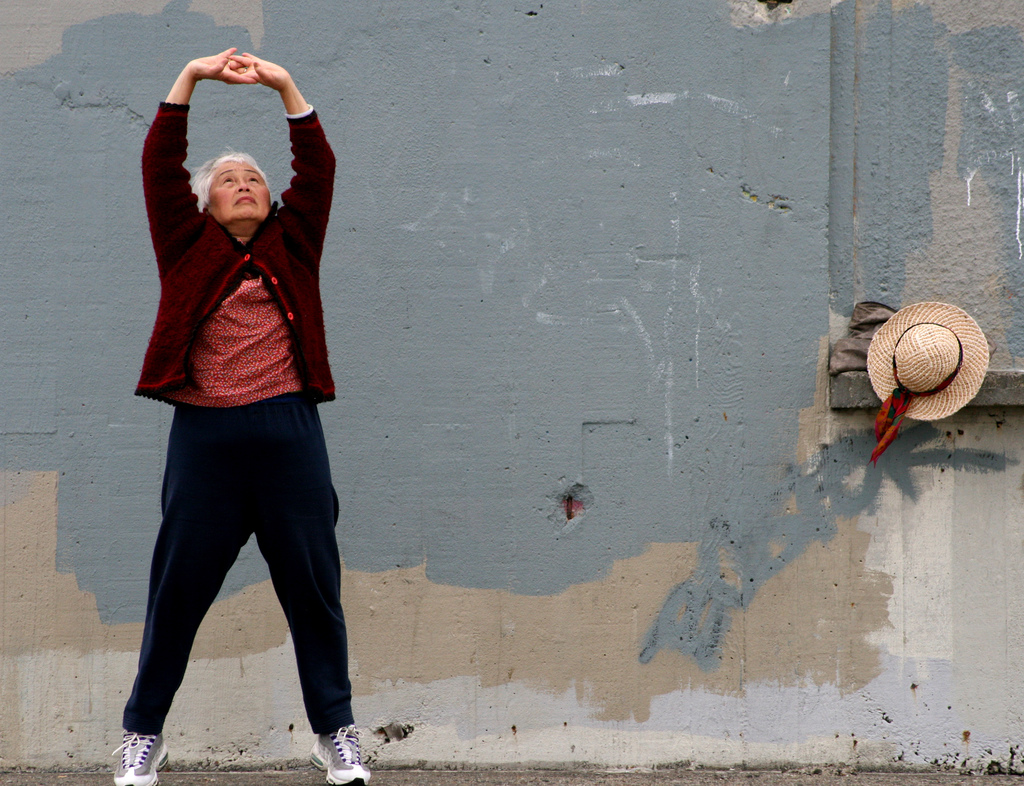
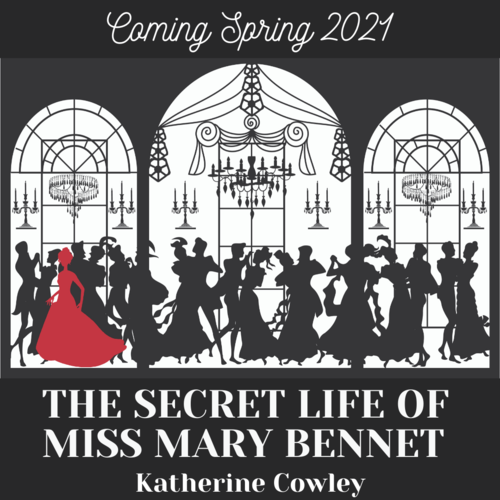
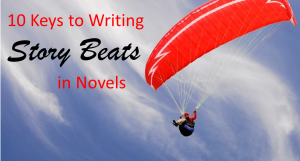
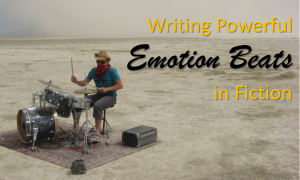
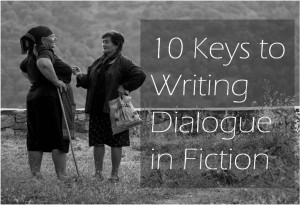
I know this post is a couple of years old, but I just wanted to say how much I appreciate you for writing it. What you wrote has helped me to understand story beats better.
Banana Beats Exercise – Part 1 Write 3 to 4 lines of dialogue starting with the line, “I told you to buy bananas.”